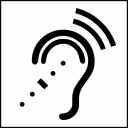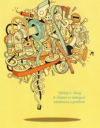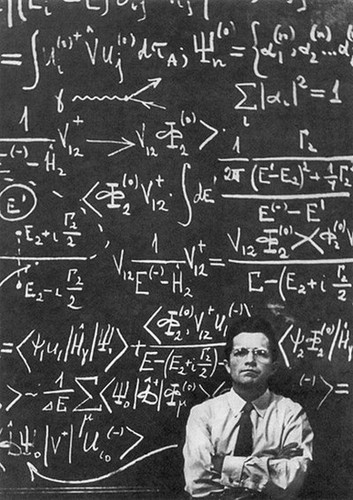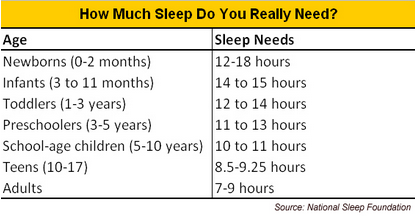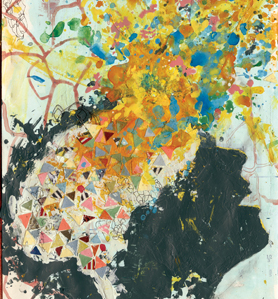Decision Design Contest – Enter by April 14
Thursday, March 31st, 2011 Xtranormal and Bing have teamed up to sponsor a contest for the best short online films with a decision making theme. Xtranormal is creator of Movie Maker an easy to use tool for producing online films just by typing. Microsoft just launched a new version of Bing positioning it as a “decision engine”. Here is the assignment:
Xtranormal and Bing have teamed up to sponsor a contest for the best short online films with a decision making theme. Xtranormal is creator of Movie Maker an easy to use tool for producing online films just by typing. Microsoft just launched a new version of Bing positioning it as a “decision engine”. Here is the assignment:
“Create a video that’s two minutes or less in one of three categories: Action, Horror or Romance, and remember that Bing is looking for movies about a “decision”. A winning video from each category will receive $2,500 and be eligible for the grand prize: $5000!! – and a new Xtranormal actor made in his or her likeness!”
While the money is modest, the real value to the winner might be the brand lift they get from being announced at the Bing party at the Tribeca Film Festival on April 26.
Fortunately, using Movie Maker to create a film is really easy. While the theme can include anything involving decisions (e.g. a decision you made or how to make better decisions) the judges might naturally favor something that resonates with Bing’s new brand:
“the decision engine that helps you make more informed decisions by providing the best search experience for topics that are important to you”
There is short video that describes decision-themed and lays downs the rules.
With an emphasis on decision-making, character design and on-line search experience this is clearly a cognitive design challenge.
